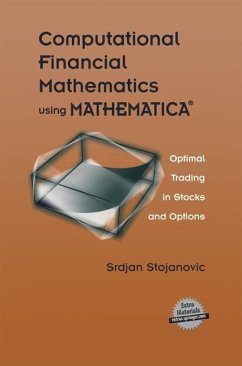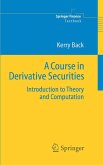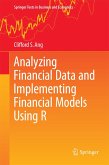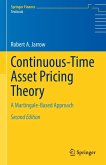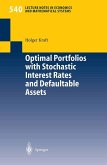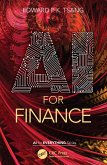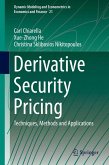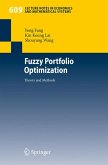This book provides a comprehensive overview of existing and original material, about what mathematics when allied with Mathematica can do for finance. Sophisticated theories are presented systematically in a user-friendly style, and a powerful combination of mathematical rigor and Mathematica programming. Three kinds of solution methods are emphasized: symbolic, numerical, and Monte-- Carlo. Nowadays, only good personal computers are required to handle the symbolic and numerical methods that are developed in this book.
Key features: * No previous knowledge of Mathematica programming is required * The symbolic, numeric, data management and graphic capabilities of Mathematica are fully utilized * Monte--Carlo solutions of scalar and multivariable SDEs are developed and utilized heavily in discussing trading issues such as Black--Scholes hedging * Black--Scholes and Dupire PDEs are solved symbolically and numerically * Fast numerical solutions to free boundary problems with details of their Mathematica realizations are provided * Comprehensive study of optimal portfolio diversification, including an original theory of optimal portfolio hedging under non-Log-Normal asset price dynamics is presented
The book is designed for the academic community of instructors and students, and most importantly, will meet the everyday trading needs of quantitatively inclined professional and individual investors.
Dieser Download kann aus rechtlichen Gründen nur mit Rechnungsadresse in A, B, BG, CY, CZ, D, DK, EW, E, FIN, F, GR, HR, H, IRL, I, LT, L, LR, M, NL, PL, P, R, S, SLO, SK ausgeliefert werden.
"It is an innovative approach and is very useful for students and practitioners in finance to learn how to use mathematics for investment analysis." -Mathematical Reviews
"This book is a state-of-the-art introduction to the mathematics of computational finance. The author reviews and extends several recent breakthroughs and also provides new material, which is highly recommended. The novel use of Mathematica enhances the learning experience by letting the reader focus on the essential ideas. I thoroughly recommend this book to both students and practitioners." -Peter Carr, Courant Institute, New York University

